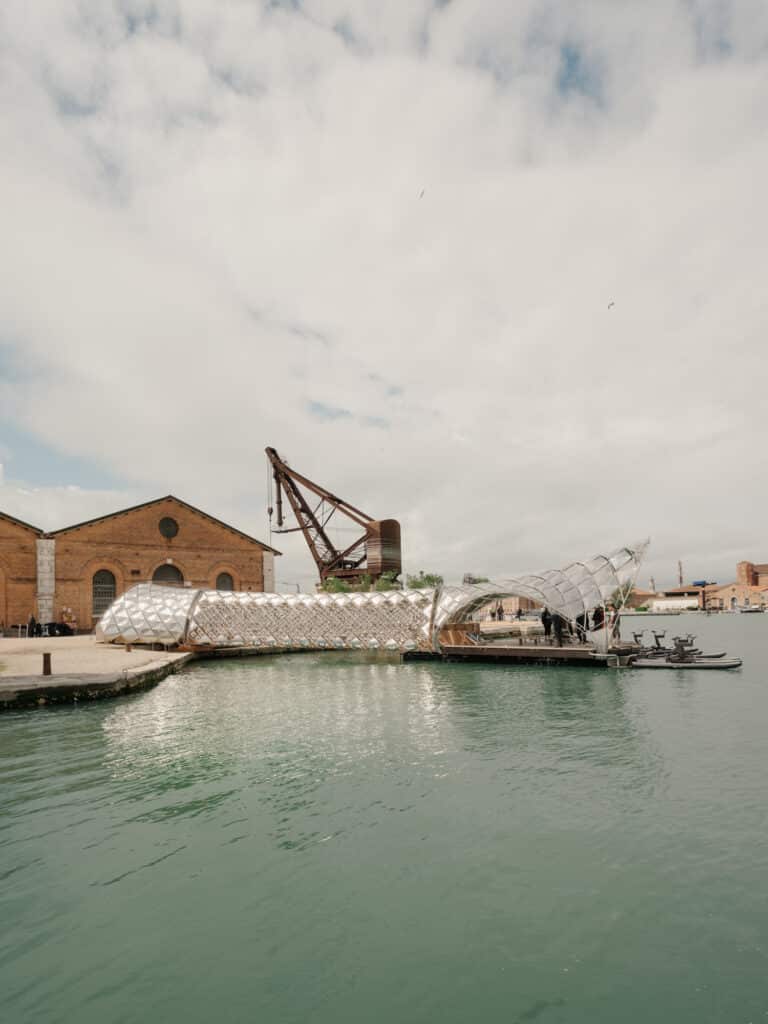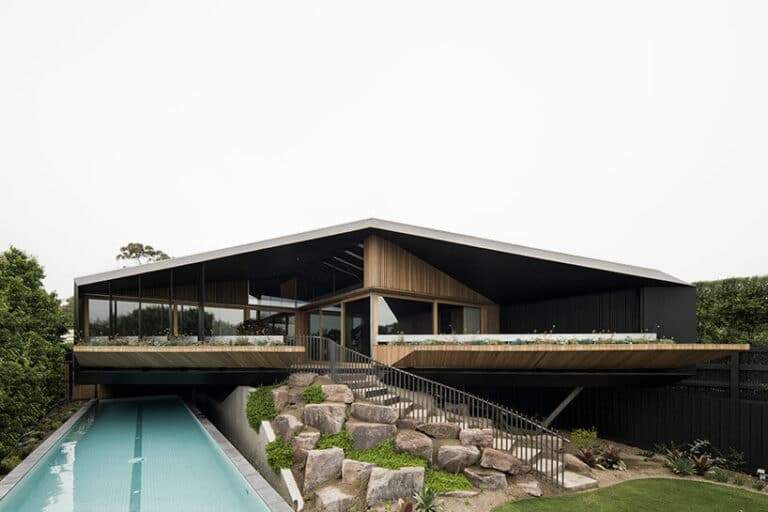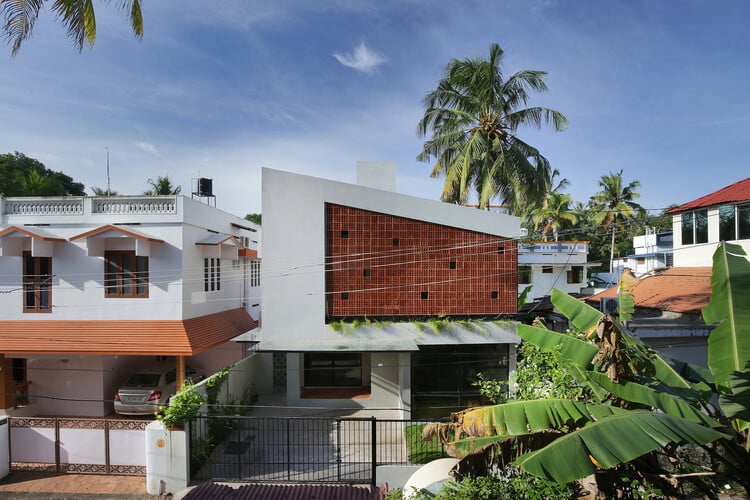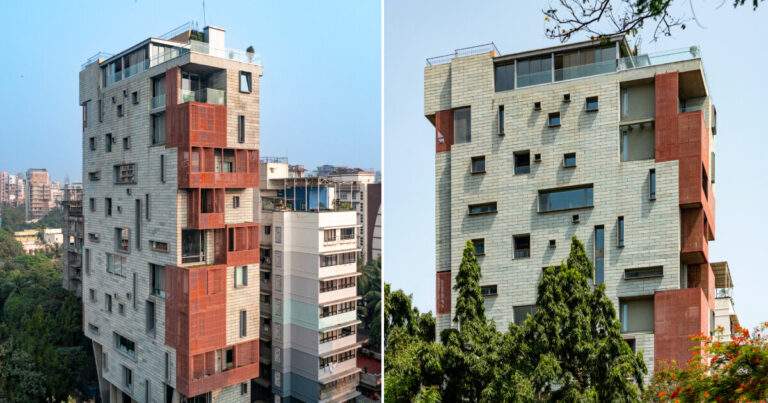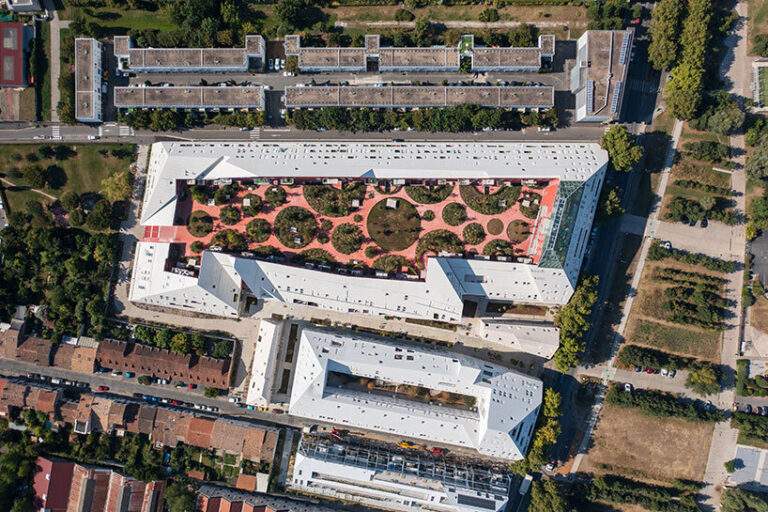In today’s world, where the boundaries between reality and fiction are increasingly blurred, creative projects that combine physical and digital elements have become a fascinating area of exploration. This article delves into merging reality and virtuality through how real-world locations and virtual game environments were merged to create two unique entities: an RPG map called Yellowstone Hollow and a fine dining restaurant named Hungers Dream. We will examine the creative process behind this transformation to merge reality and fiction, breaking it down into key steps such as analysing sites, structures, and assets, and reconfiguring them to bridge the gap between the tangible and the virtual. Additionally, we’ll explore why dividing elements into these categories is crucial for fostering innovation and efficiency.

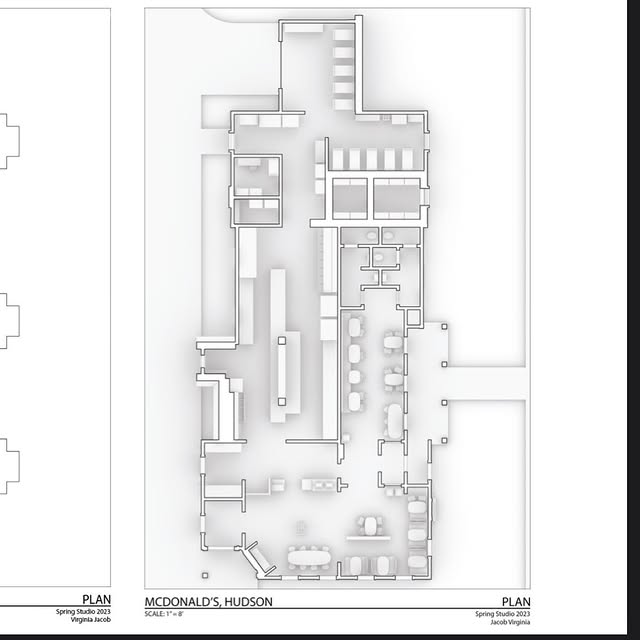
1. Combining Virtual and Physical Elements
A bold project brought together a real-world location (a McDonald’s in Hudson) and a virtual setting inspired by the video game Bloodborne . The result was Yellowstone Hollow , an RPG map, and Hungers Dream , a high-end dining concept.
The foundation of this project lies in recognizing three core components of any environment:
- Site : The geographical or digital space where the project takes place.
- Structure : The basic layout or framework of the location or game.
- Assets : Individual elements that make up the environment, such as furniture, characters, or interactive features.
By analyzing these components and reshaping them, the creators successfully blended real-world and virtual elements into a cohesive experience 3.
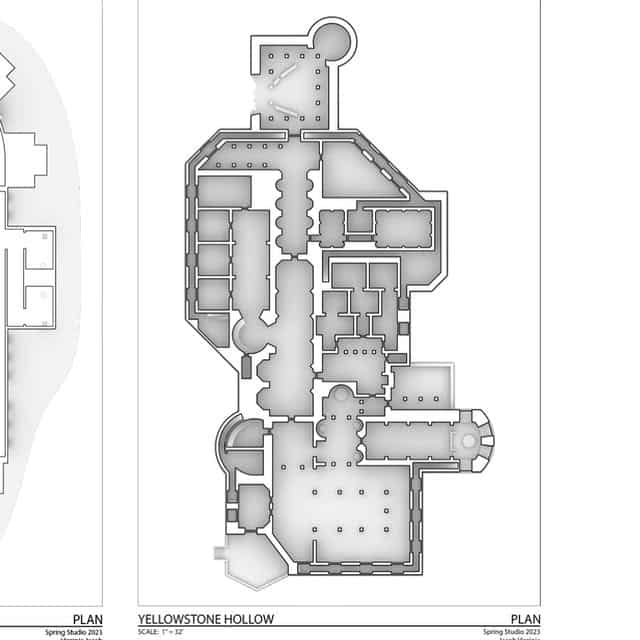
2. Steps in the Transformation Process
To better understand how this merging was achieved, let’s break it down into three fundamental steps:
A. Analyzing the Site
The first step involves studying the existing site. For the real-world component, this means examining the physical location, available space, and distinctive features. For the virtual counterpart, it requires understanding the narrative background and designed environment within the game.
B. Redesigning the Structure
Once the analysis is complete, the next step is to redesign the structure to fit the new purpose. For instance, the layout of the McDonald’s was transformed into a luxurious dining space while retaining some original architectural elements.
C. Integrating the Assets
Finally, creators actively blend individual assets with creativity. For example, they incorporated Bloodborne’s characters and atmospheres to decorate the new restaurant, delivering an immersive experience for visitors.


3. Importance of the Three-Part Division
Why is dividing elements into site, structure, and assets so important? This approach provides a structured framework for tackling complex creative projects. It offers several benefits:
- Simplifying Complex Processes : Breaking down elements makes it easier to understand how they function individually before combining them.
- Encouraging Creativity : It opens the door to new ideas by allowing for the innovative reuse of existing components.
- Improving Efficiency : It reduces the time and effort required to develop new projects.
This method actively considers each aspect of the project, resulting in more cohesive and effective outcomes.

4. Practical Examples
To illustrate how this process works, the following table shows its application to the Yellowstone Hollow project:
| Element | Real-World Component | Virtual Component | Result |
|---|---|---|---|
| Site | McDonald’s in Hudson | World ofBloodborne | Yellowstone Hollow |
| Structure | Traditional fast-food layout | RPG map design | Fine dining + RPG map |
| Assets | Tables, chairs, menu | Characters, tools, environments | Immersive atmosphere, unique design |
5. Other Applications
This methodology extends beyond gaming or restaurants. Creators can apply it across various fields, including museum design, app development, and education.For example, the same approach could transform a traditional museum into an interactive learning experience using virtual reality technologies.
FAQ Section
1. What is the main goal of this project?
The main goal is to create new entities that blend real-world and virtual elements, offering immersive and innovative experiences.
2. Can this method be applied in other areas?
Yes, it can be used in education, museum design, interior design, and more.
3. What are the key steps in this process?
The steps include analyzing the site, redesigning the structure, and integrating the assets.


Summary Table
| Heading | Description |
|---|---|
| Merging Real and Virtual | Creating new entities by combining real-world and virtual elements. |
| Steps in Transformation | Analyze the site, redesign the structure, and integrate the assets. |
| Importance of Division | Simplifies processes, encourages creativity, and improves efficiency. |
| Other Applications | Can be applied in education, museums, and interactive design projects. |
Conclusion
Blending real-world and virtual elements offers exciting opportunities for creativity and innovation. By dividing components into site, structure, and assets, we can achieve remarkable results that bring together the best of both worlds 7. This structured approach not only simplifies complex tasks but also paves the way for groundbreaking projects in various fields.



